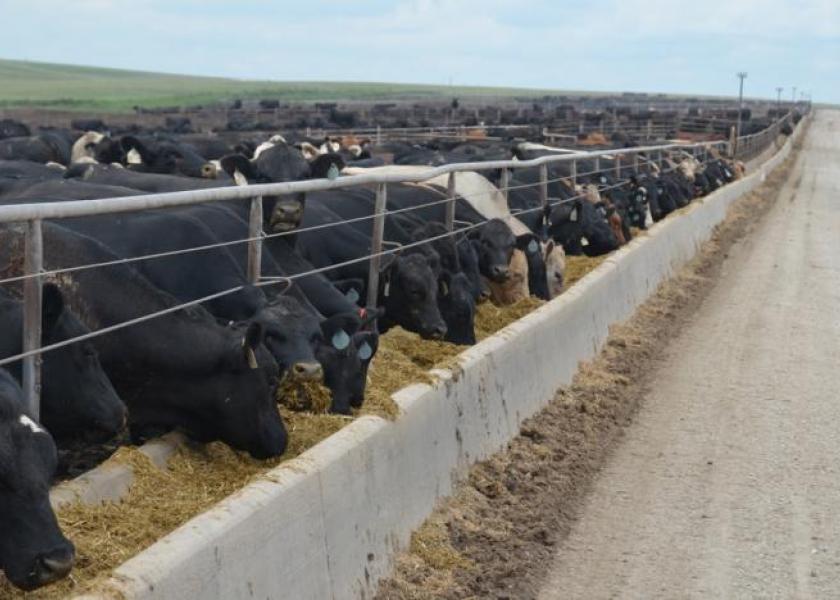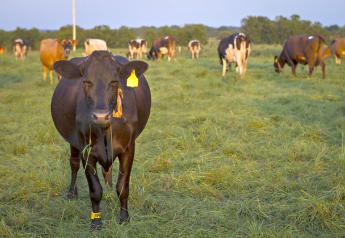Derrell Peel: A Peak In Feedlot Inventories?

USDA reported September 1 feedlot inventories at 10.98 million head, down 1.3 percent from one year ago. This is the first year over year decrease in monthly cattle on feed totals in 33 months, since December, 2016. A larger than expected decrease in August placements, 91.0 percent of one year ago, pulled feedlot totals lower than expected. August placements dropped sharply partly in response to the market shocks resulting from the Tyson Finney County plant fire on August 9, 2019. August marketings were as expected at 98.5 percent of last year. August had one less business day compared to 2018.
The September Cattle on Feed report highlights some regional differences in the current feedlot situation among the four largest feeding states. The September on-feed inventory in Texas was 101.9 percent of year earlier levels at 2.73 million head; with August placements up 4.8 percent year over year.
Kansas had a September 1 feedlot inventory 93 percent of one year ago at 2.34 million head; with August placements 85 percent of year earlier levels. Nebraska showed a September 1 on-feed inventory of 2.16 million head, 101 percent of last year; with August placements down 7.3 percent year over year. Colorado had 0.93 million head of feedlot cattle as of September 1, 103.3 percent of last year with August placements 83 percent of year earlier levels.
Feedlot placements were down for the fourth consecutive month in August and total placements the last six months, capturing the bulk of current cattle on feed, are down 0.8 percent year over year. Meanwhile, monthly marketings for the past six months are up 1.0 percent year over year. Feedlots have continued to market cattle timely and maintain currentness.
Does this imply that monthly feedlot inventories have peaked cyclically? Probably not quite…yet. The short term disruption of the plant fire in August and early September likely delayed some feedlot placements and a larger 2018 calf crop and generally good forage conditions in 2019 likely means that significant numbers of yearlings are still to be marketed in the fourth quarter.
The estimated 2019 calf crop is equal to 2018 levels meaning that plenty of new-crop calves will be marketed this fall with feeder supplies ample through 2020. It will likely be a few more months before we will see sustained year over year decreases in feedlot inventories.
Feeder cattle prices in Oklahoma improved last week with nearby feeder futures rallying to fill the August down gap. The supportive cattle on feed report and growing demand for wheat stockers will likely add further market support in the near term, at least until larger runs of calves and yearlings show up in October. USDA-NASS reported seven percent of Oklahoma wheat planted as of August 16. I have noticed numerous wheat fields emerged in the past week. Some wheat pasture will no doubt be ready for grazing by November 1.
Related Stories:
Cattle Markets Trend Higher Last Week Of Summer







